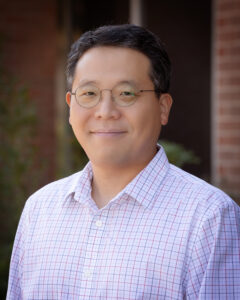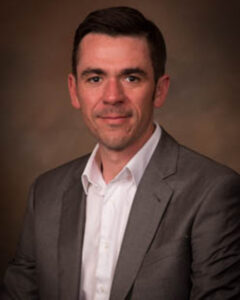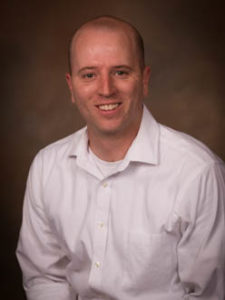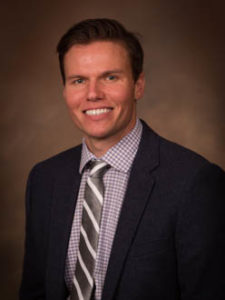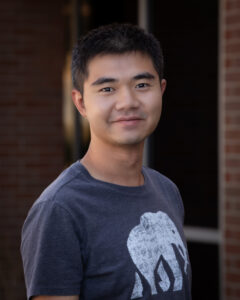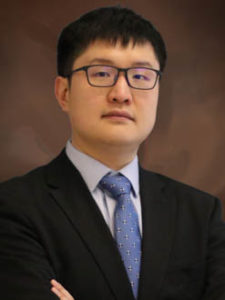Professors in the Micro/Nano Research Area investigate engineering developments and scientific questions related to the micro- (10-6 m) and nano- (10-9 m) scales. These developments can be related to materials such as 1D or 2D materials (i.e. nanofibers or graphene), biomedical systems such as point-of-care diagnostic devices or biomimetic tissue engineering, sensing and actuation devices such as accelerometers or ultrasound imaging devices, energy and thermal systems such as micro- batteries and fuel cells, manufacturing methods including additive manufacturing, micro-robotics, and much more. The key connecting theme of all Micro/Nano research is that it investigates phenomena that occur at these small scales and/or device implementation methods relevant to these small scales.
You can learn more about our various research activities by visiting the individual labs of our faculty members, the NanoFab, Nano Institute of Utah, and the micro/nano track webpage.
Faculty and Labs
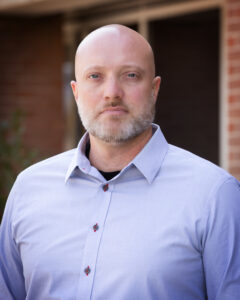
Jake Abbott
Lab – Magnetic and Medical Robotics Laboratory
Jiyoung Chang
Lab: Wearable NEMS
Elham (Emma) Davoodi
Lab: Davoodi Lab
With a vision to bridge the gap between manufacturing and biomedicine, we are pushing the boundaries of biomaterials and biofabrication. By developing cutting-edge ex vivo, in situ, and in vivo biomanufacturing strategies, we are unlocking new possibilities for biomedical applications. From innovative bioinks and structural designs to advanced 3D printing techniques, our work is striving to create new solutions for tissue regeneration, drug delivery, and bioelectronics, aiming to bring these technologies closer to real-world impact.
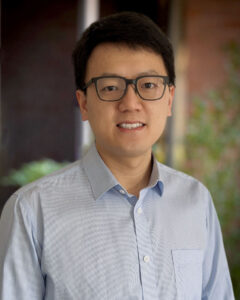
Tianlie Feng
Lab – Feng MEX Lab
Our research is to push the frontiers of thermal energy transport, conversion, and storage in complex systems to extremes. Specifically, we target materials properties for ultra-high temperatures (1000-3000 °C), ultra-low temperatures (-270 °C), ultra-high thermal conductivity (2000 W/mK), ultra-low thermal conductivity (<0.01 W/mK), ultra-high power density, and ultra-fast energy transfer rate, from the atomic level to human scale. Our research methods include both advanced simulations and experiments, aiming for both fundamental sciences and cutting-edge technologies.
Mathieu Francoeur
Lab – Radiative Energy Transfer
Research at the RETL is multidisciplinary at the interface of mechanical engineering, applied physics, electrical engineering, materials science and mathematics. Current applications of interests include thermophotovoltaic power generation, near-field radiative heat transfer modeling in 3D complex geometries, design of materials with unique radiative properties, optical characterization of nanostructures, near-field thermal spectroscopy and radiation-conduction transition.
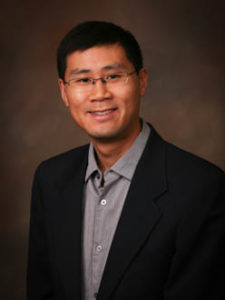
Henry Fu
Lab: Fluids and Biomechanics
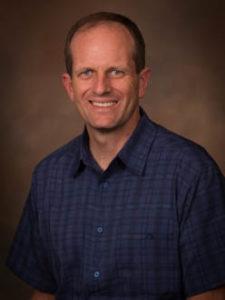
Bruce Gale
Lab: Utah Center of Excellence for Biomedical Microfluidics
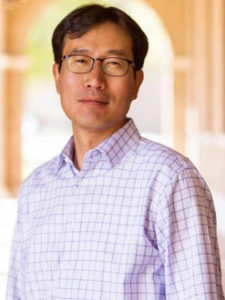
Jungkyu (Jay) Kim
Lab: Biomedical Micro/Nano Systems
Owen Kingstedt
Lab – High Strain-Rate Mechanics of Materials
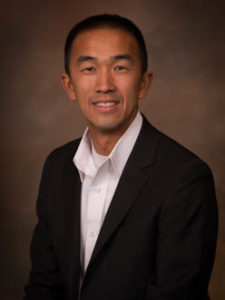
Kam Leang
Lab – Design, Automation, Robotics & Control (DARC Lab)
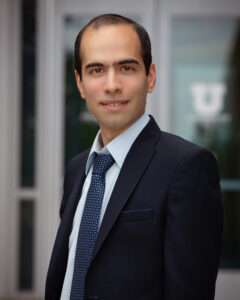
Hossein Montazerian
Lab – The Laboratory of Biomaterials for Minimally Invasive Technologies
We push the boundaries of minimally invasive therapies by engineering innovative, soft-yet-strong biomaterials like tough hydrogels. Our work merges bioelectronics with hydrogel-based implantable and wearable devices, unlocking new possibilities for seamless integration with the body. By harnessing cutting-edge micro- and nanotechnologies, we strive to revolutionize treatment strategies and reduce the need for invasive surgeries.
Steven Naleway
Lab – Bioinspired Science and Engineering
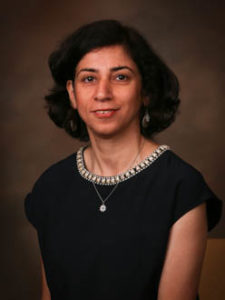
Pania Newell
Lab – Integrated Multi-Physics Laboratory
Shuaihang Pan
Lab – Lab of Advanced Manufacturing (LoAM)
Research interests include advanced (non-traditional) manufacturing, additive manufacturing, metal and alloy design, and materials’ degradation protection from a multiscale angle.
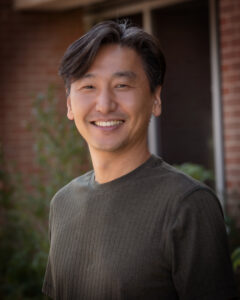
Keunhan (Kay) Park
Lab – Utah Nanoscale Thermal Transport (NT2) Lab
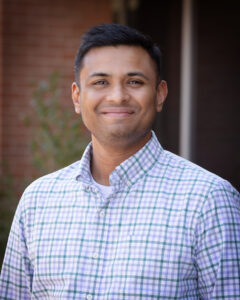
Sameer Rao
Research Interests include: Multiscale heat & mass transfer, Energy conversion & storage, Water harvesting & purification, and Thermal management.
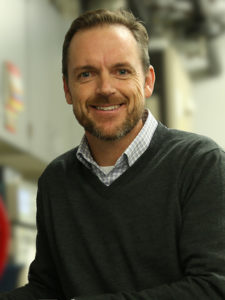
Shad Roundy
Integrated Self-Powered Sensing

Samira Shiri
Lab – Shiri Lab: Interfacial & Transport Physics
Research interests are in the areas of High throughput experiments and data analysis, underlying physics of active matter, bioinspired materials and mechanisms, and Biophysics: forensic science.
Pai Wang
Lab – Utah Waves & Architected Materials
The group expertise lies at the multi-disciplinary intersection joining mechanics of materials, computational methods, acoustics and vibrations. Our studies focus on the design of artificially structured materials for wave manipulation. These functional composites are commonly referred to as phononic crystals and acoustic metamaterials – systems with unconventional dynamic properties emerging from their micro-structures instead of their constituent materials. A central theme in this field is the emergence of acoustic/phononic band gaps – a range of frequency in which the propagation of elastic wave is suppressed.

